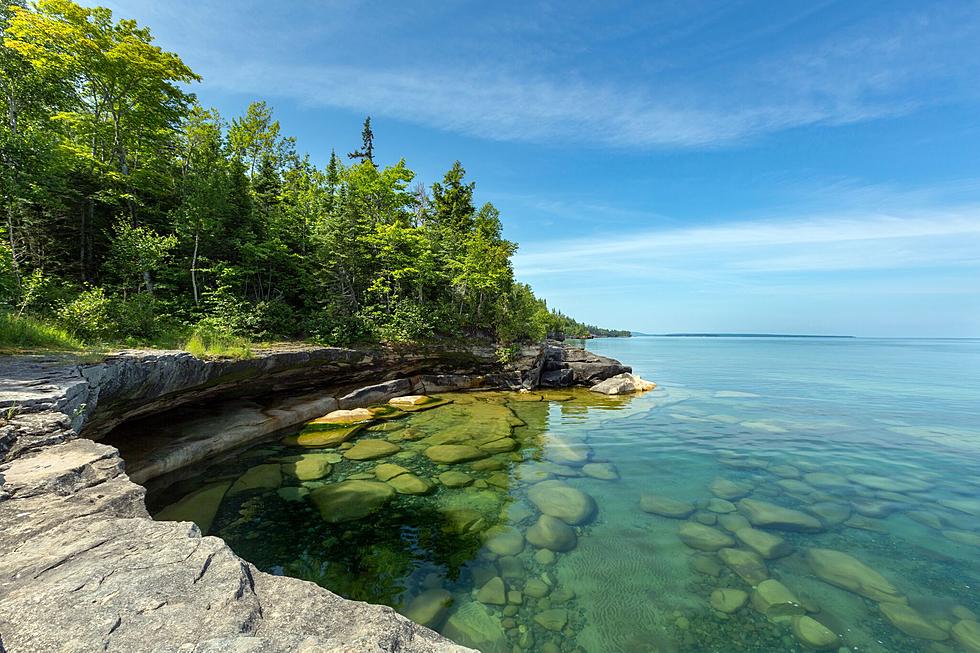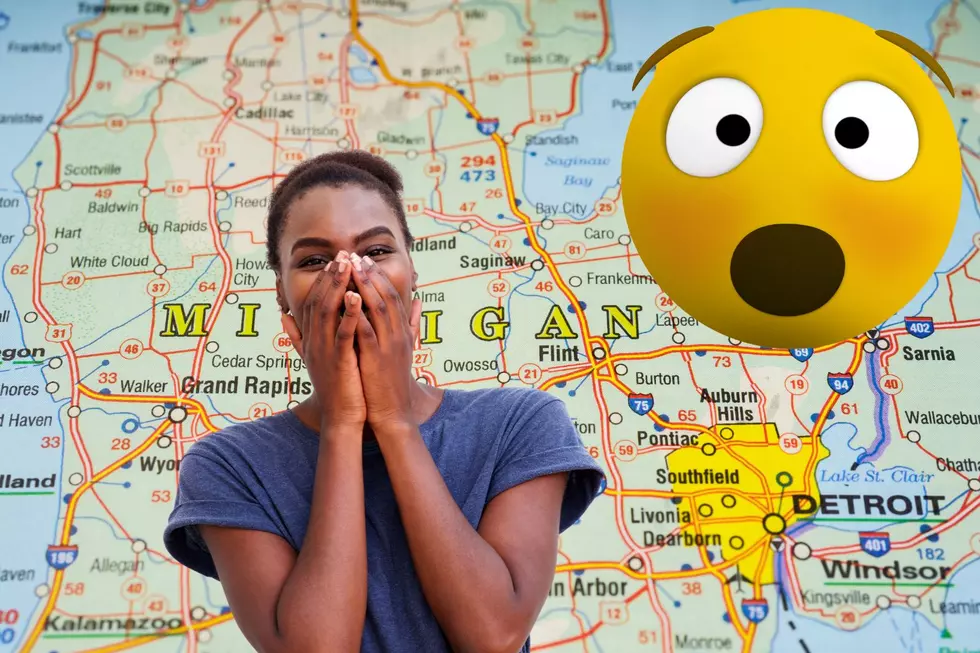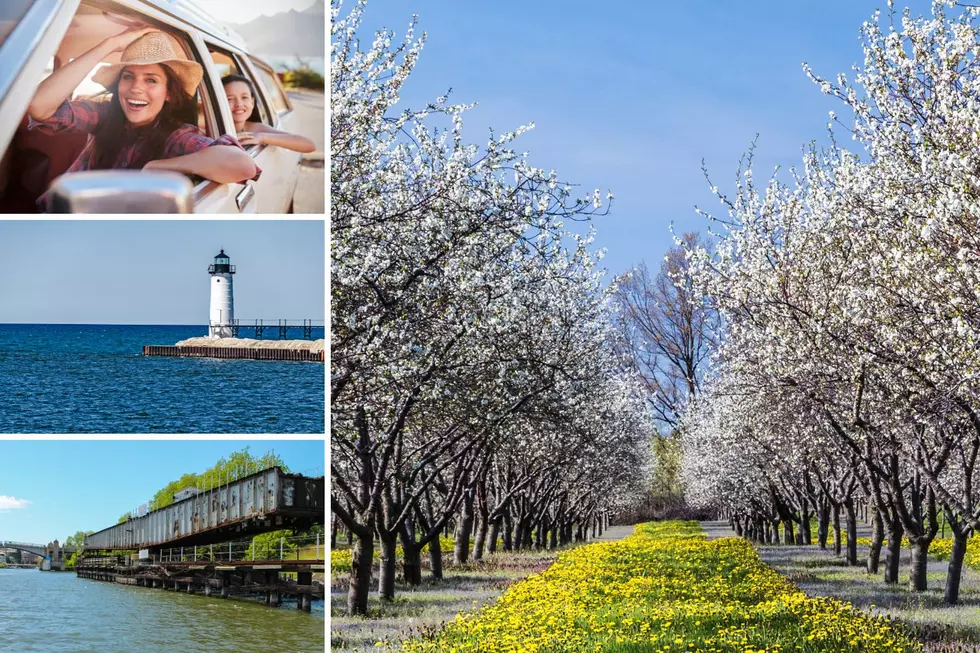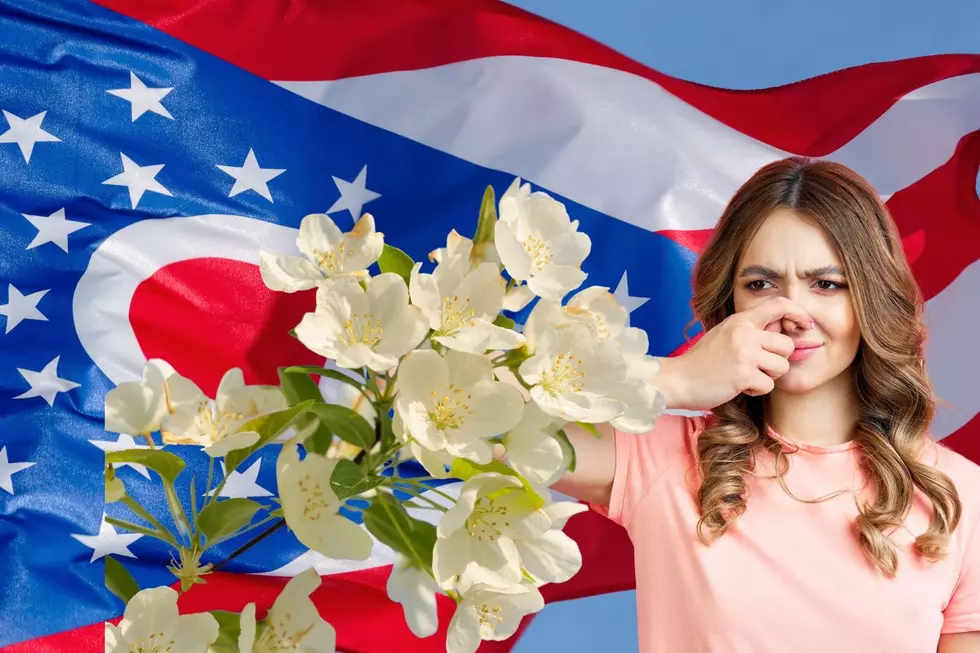
Interesting Facts About the Five Great Lakes
The Great Lakes are Superior, Huron, Michigan, Ontario and Erie. The Great Lakes make up the largest body of fresh water on Earth, accounting for one fifth of the freshwater surface on the planet at 6 quadrillion gallons.
Out of all 5 Great Lakes, I've been to 3 of them, Lake Michigan, Lake Huron, and Lake Superior. Massive and very beautiful lakes I might add.
The lakes, called the nation's fourth seacoast, are on the U.S. and Canadian border, touching Ontario in Canada and Michigan, Wisconsin, Minnesota, Illinois, Indiana, Ohio, Pennsylvania and New York in the United States.
The Great Lakes are popular recreation spots for boating, fishing and other recreational activities, and they still serve as an important mode of transportation of goods.
Here are a few quick facts about the five Great Lakes from livescience:
1. Lake Erie is the fourth largest of the Great Lakes when measured in surface area square miles (9,910).
2. Lake Huron is the second largest Great Lake by surface area (23,000 square miles) and has the longest shoreline at 3,827 miles.
3. Lake Michigan is truly a great body of water, as the named is derived from the Ojibwa Indian word mishigami, meaning large lake. It is only the third largest of the Great Lakes when measured by water surface (22,300 square miles). It is also the only Great Lake located entirely in the United States.
4. Lake Ontario was named after the Huron word for lake of shining water. This lake is the smallest of the Great Lakes when measured in surface area (7,340 square miles).
5. Lake Superior, at 31,699 square miles, is the largest in surface area and in water volume, thus earning it the name Lake Superior. Superior has the highest elevation of all five great lakes and drains into the St. Mary's River
You can learn more on livescience.com.

MORE: Tour the World From Your Couch
More From WKFR







